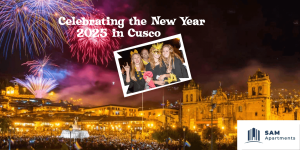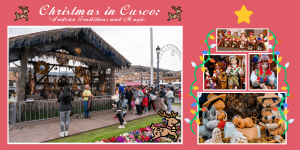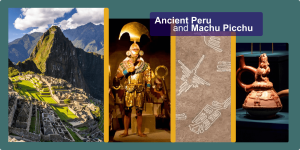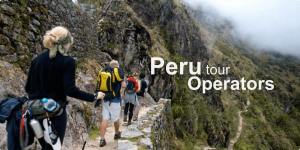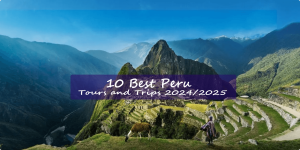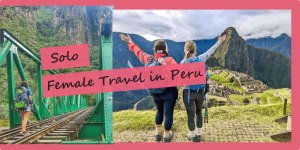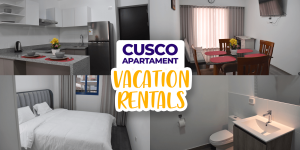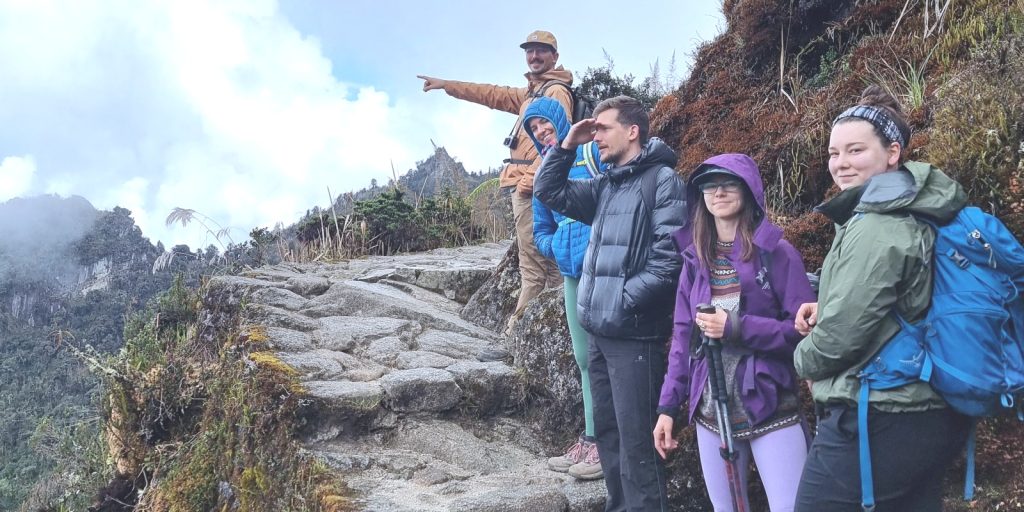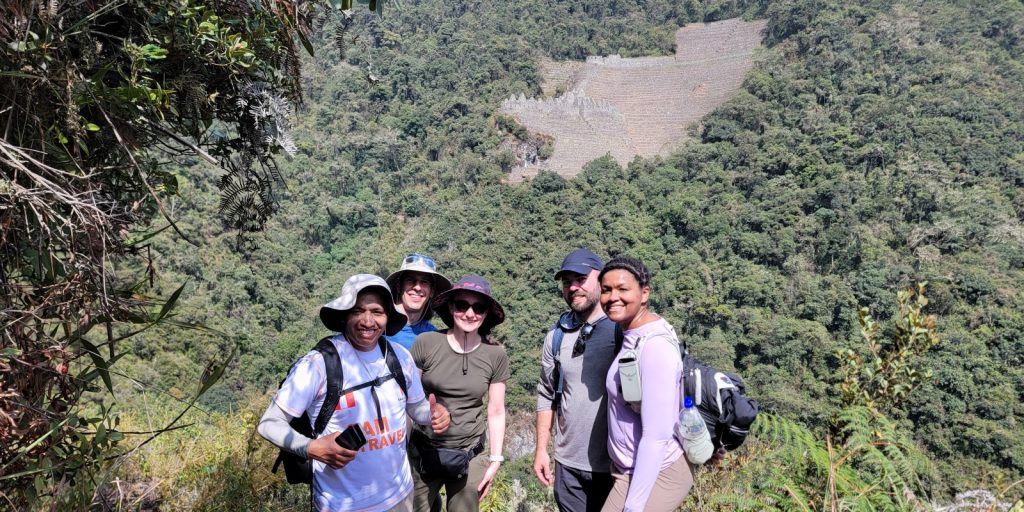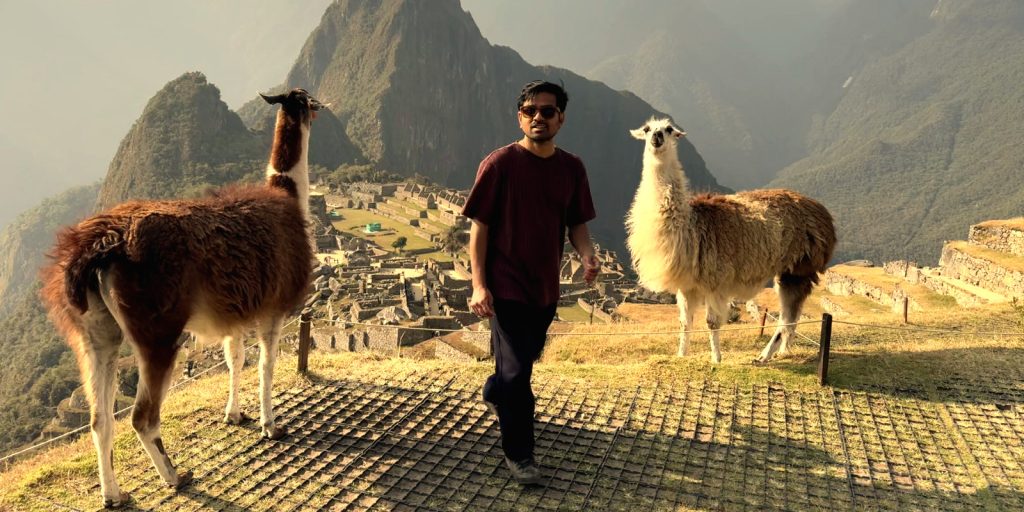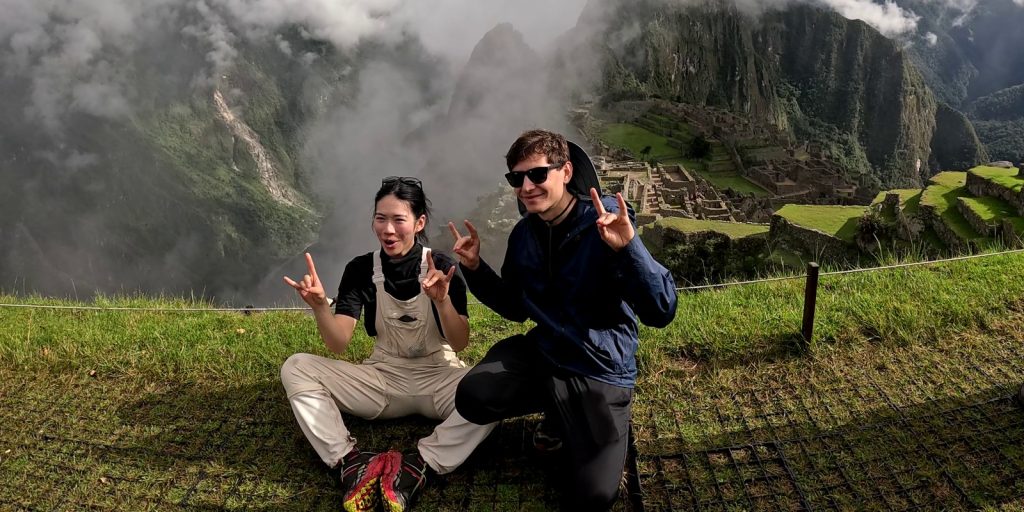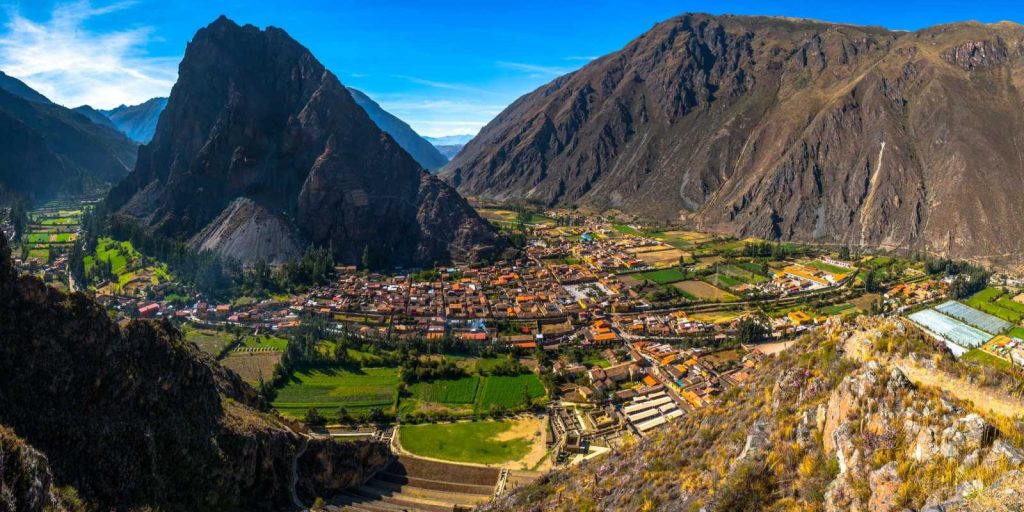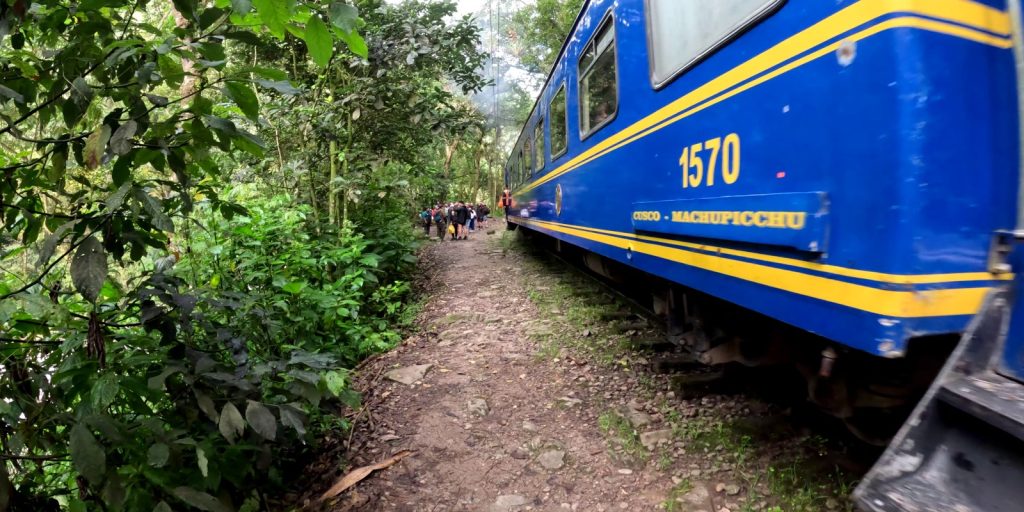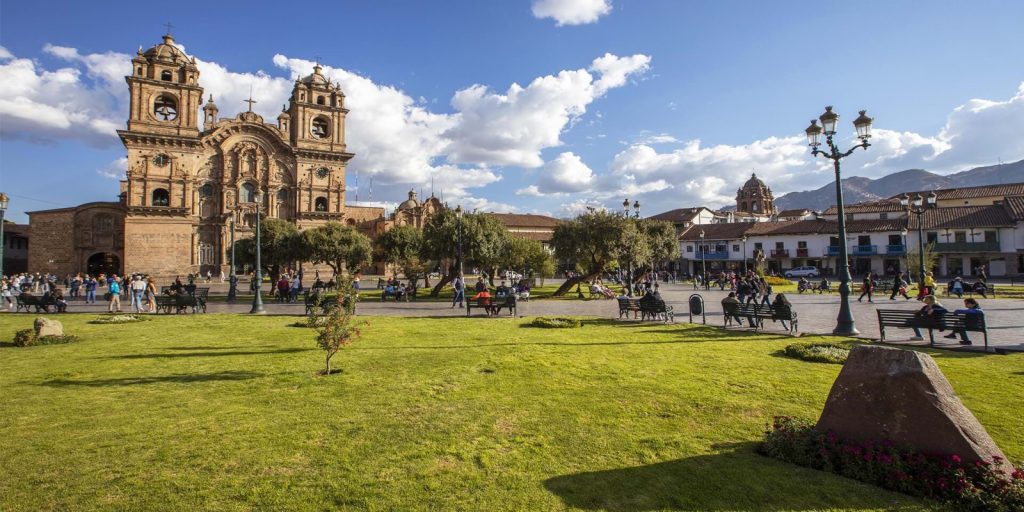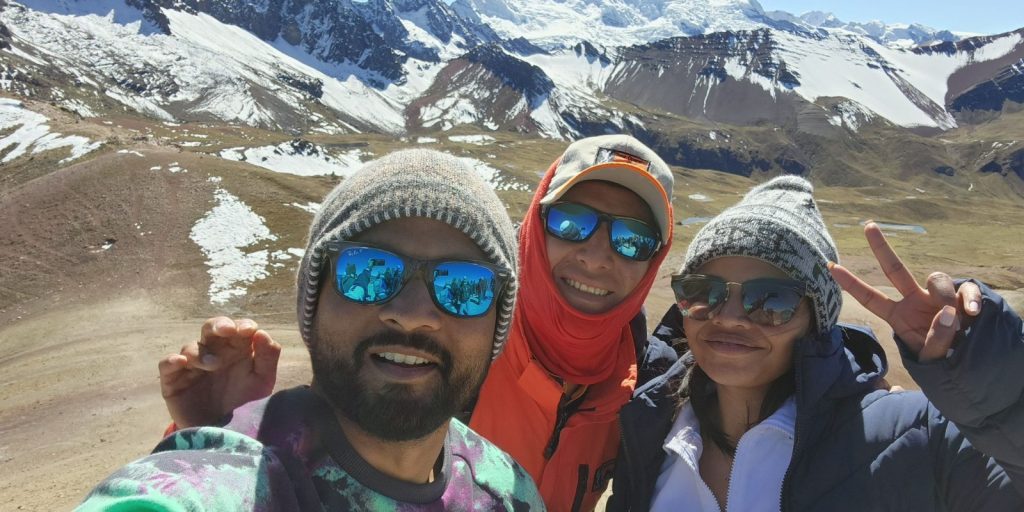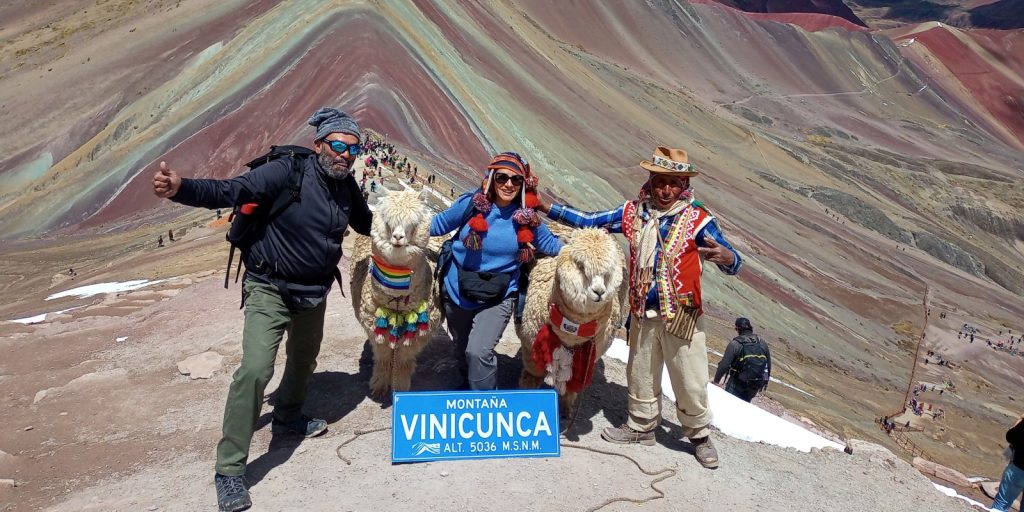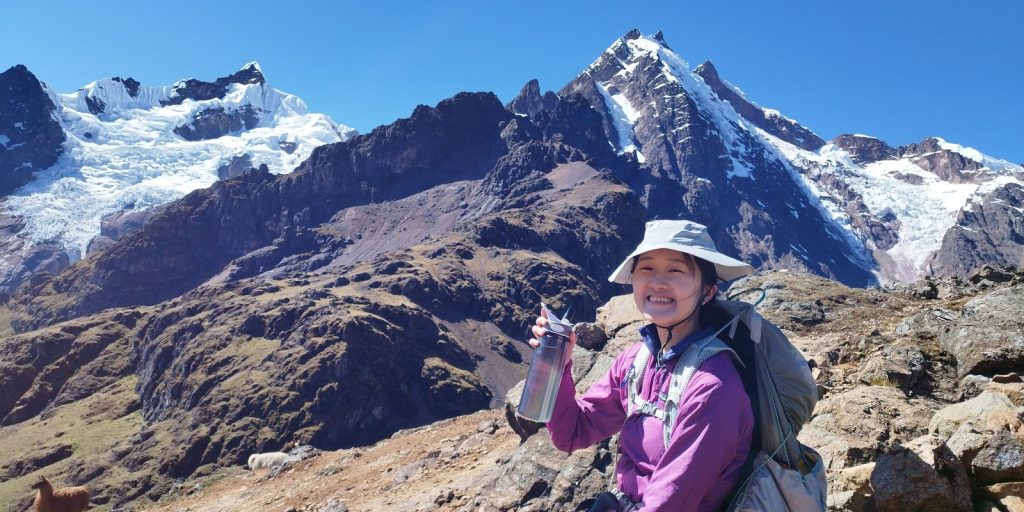The Sacred Valley was one of the most important areas in Peru for the Incas. It was where they grew their food and stored their crops to supply the capital. Its fertile lands and abundance of water gained it the name of the Sacred Valley, a name that has obviously stood the test of time.
The valley is a must visit for those traveling in Peru. But what should you see when you visit the Sacred Valley? We have compiled a list so that you don’t miss any of the highlights of this magnificent place. Here are the 7 things to see in the Sacred Valley
- Explore Ollantaytambo and its Ruins
Ollantaytambo is a beautiful little town right in the heart of the Sacred Valley. It’s the most visited of all the villages in the surrounding areas (closely followed by Pisac). This is thanks to the train to Machu Picchu leaving from there.
Ollantaytambo itself is about as close as we have to a living Inca town. While many just use it as a jumping off point to visiting the famous citadel. Other people visit here to explore the ruins, and many more come to enjoy the beauty of the town for a few days. It’s the perfect place to relax after a hard hike or a break from the city.
Ollantaytambo is also a few hundred meters lower than Cusco (2792 meters / 9160 feet), so it’s the perfect place to get acclimatized. The town was rebuilt by the Inca leader Pachacuti and then became an important part of the Inca network. It is thought to have served as a family residence for the descendants of Pachacuti.
After the Spanish invasion, Ollantaytambo became a refuge for Manco Inca, the Inca King and leader of the resistance. The town then became the location of one of the great battles of the resistance and revolution: the battle of Ollantaytambo. The Incas won this battle and then chose to retreat to the better covered Vilcabamba, deep in the jungle.
It’s thanks to this battle that the Ollantaytambo ruins were never finished. You can still see today there are stones laid out that are half carved or waiting to be positioned laying at the top of the hill the ruins are on. This is a really interesting way to see how a moment can be frozen in time. It makes the Ollantaytambo ruins some of the most interesting things to see in the Sacred Valley.
You will see the Ollantaytambo ruins during the Sacred Valley tour. In order to really make the most of your time in this village, it is recommend that you ask to finish your Sacred Valley tour in Ollantaytambo. Then you can enjoy the whole following day chilling and exploring the little village before making your own way back to Cusco.
- Visit Pisac, From the Archeological Site to the World Famous Market
While Ollantaytambo is a must visit for many visitors to the Sacred Valley, Pisac might just have a little more going on. If you’re looking for a more activity based exploration of the valley then Pisac may be a better option for you- if you have to choose one. If you’ve got multiple days then try to visit them both.
Pisac has its own set of ruins. These are, admittedly, somewhat harder to get to under your own steam than Ollantaytambo’s ruins are. However, they are significantly larger so there is a payoff. You can hike up the mountain or take a taxi up- but be aware it is quite a long way if you decide to hike.
The Pisac ruins, being one of the best things to do in the Sacred Valley, are included on the majority of Sacred Valley tours. The ruins themselves are very extensive. You could spend the entire day here and still not see everything.
So, if you want to make the most of these ruins then your best bet is to head up there early in the morning. Rent a private guide from the entrance or arrange one in advance. If an overview is all you are interested in then you should be fine with the standard Sacred Valley tour.
The other pull of Pisac is its fantastic market, filled with homemade artisanal products. You can wander around the market, haggle with the vendors or just check out what’s for sale. The whole town is a great place to buy silver and gold (although silver is more common).
As mentioned, for a brief overview of the ruins and the market then the classic Sacred Valley tour is a great choice. If you’re looking for something a little more in depth then you can either arrange it in advance, or head over to Pisac and figure it out on the ground.
- Discover the Salineras de Maras
One of the most famous ports of call for most people who are traveling through the Sacred Valley is the salt mines of Maras, or the Salineras de Maras. They are beautiful and a unique experience for travelers.
These salt pans have been in use since before the Incas time and they are owned and controlled by the people of the town of Maras, located closeby. The pans are fed by a saltwater spring that sprouts from underground just a few meters above these pans. You will be able to see the spring during the tour.
Maras offers you a unique opportunity to learn about the ancient ways people harvest salt, still used today. Hopefully you will be able to see some of these techniques in practice. It also gives you a great opportunity to grab a unique and functional souvenir in the form of salt.
This is one of the few opportunities you will have to get your hands on naturally pink salt, as well as things like flavored salt. There are lots of different flavors available so you can choose exactly what you think will compliment your recipes well.
- Learn the Secrets of Moray Archeological Site
Maras and Moray typically come as a pair for those planning out what they want to see in the Sacred Valley. You will visit both on a standard Sacred Valley tour, and if you don’t want to do the standard Sacred Valley tour, you can visit both on a Maras Moray tour. There are plenty of options available.
When it comes to Maras and Moray, iIt’s very uncommon to travel to one and not the other. It’s practically unheard of to have a tour that only goes to one (unless it is a custom private tour).
Now, that is more or less where the similarities between these two sites end. Maras is a pre-Inca natural wonder that has sustained the town of Maras for hundreds, perhaps thousands, of years. Moray was repurposed by the Incas and used as a way to control microclimates in agricultural experiments.
This allowed the Incas to experiment with different vegetables to find which microclimates worked the best for each crop. The Incas found that for every few meters down there was a slight change in temperature and climate.
This allowed the Incan scientists to identify exactly where in the empire they should focus on growing corn, where to focus on potatoes, and so on and so forth. It’s an incredible and interesting example of innovation.
Maras and Moray are both included on the standard Sacred Valley tour. If you have a little extra time then you can dedicate a full day to exploring the sites via mountain biking, on ATVs, with horses, or simply hiking. The latter option gives wonderful views of the Sacred Valley and is definitely worthwhile if you have a day to spare.
- Learn About Local History at Chinchero Weaving Center
The village of Chinchero itself isn’t that exciting for travelers. It’s mostly a working town that is about to experience a huge injection into its economy. This is thanks to the international airport that is currently under construction just minutes away. It does, however, have an interesting history and great cultural importance.
Chinchero is known as the weaving capital of Peru, and with a country that is so famous for its textiles, that’s quite the claim. There are several weaving centers on the outskirts of town that will show you the process of preparing alpaca wool into fibers ready to be woven.
This includes spinning the wool into yarn, the process of dying and some centers will also show some weaving techniques. Of course, this is topped off with a visit to the gift shop. This can be a really cool and interesting experience if you choose the right weaving center. Drop us a message and we can help set you up with your perfect weaving experience in the Sacred Valley.
- Make a Splash in Huaypo Lagoon
Huaypo Lagoon is one of the many hidden gems in the Sacred Valley. It a great spot to visit on your trip. There are a few hotels around the shores of the lake and you can take part in some fun, lake based activities. Note: If you’re not into watersports then a trip to Huaypo might be a waste of time.
Whatever your speed and comfort level is, Huaypo lagoon has some fun options. Whether you’re interested in peddle boats, paddleboarding or even windsurfing. Spend the morning playing out on the lake then head to one of the many restaurants on the banks.
From here you can hike down into Urubamba, the biggest town in the Sacred Valley. Urubamba has great restaurants and connections to the rest of the valley, so it’s worth a little look around.
- Try Out Local Delicacies in Urubamba Restaurants
As mentioned above, Urubamba has some of the best restaurants and cafes in the entire valley. Whether you’re interested in a cup of fresh, Peruvian coffee overlooking the square, or real Italian style pizza and pasta served up fresh to your table. Urubamba has it all.
Thanks to its location in the valley, there is no shortage of fresh ingredients to be found. It’s definitely worth having a few meals in Urubamba if you’re a foodie. Everything from the 15 soles menus to the fine dining establishment of Mil Centro that overlooks Moray archeological site.
Wherever you choose to eat, and whatever your price range, Urubamba promises a delicious meal waiting for you.
There are hundreds of different things to see in the Sacred Valley, each accommodating a slightly different type of traveler. The above is a collection of the truly must-see experiences for all kinds of explorers, but don’t hesitate to reach out to one of our travel advisors if you are looking for something a little more specific to you.
If you are interested in taking a tour of the Sacred Valley then get in contact with us today. We can arrange a group tour to hit the highlights, or we can personalize the trip to your personal tastes. Make sure you’re making the most out of your trip to Peru by traveling with SAM Travel.
